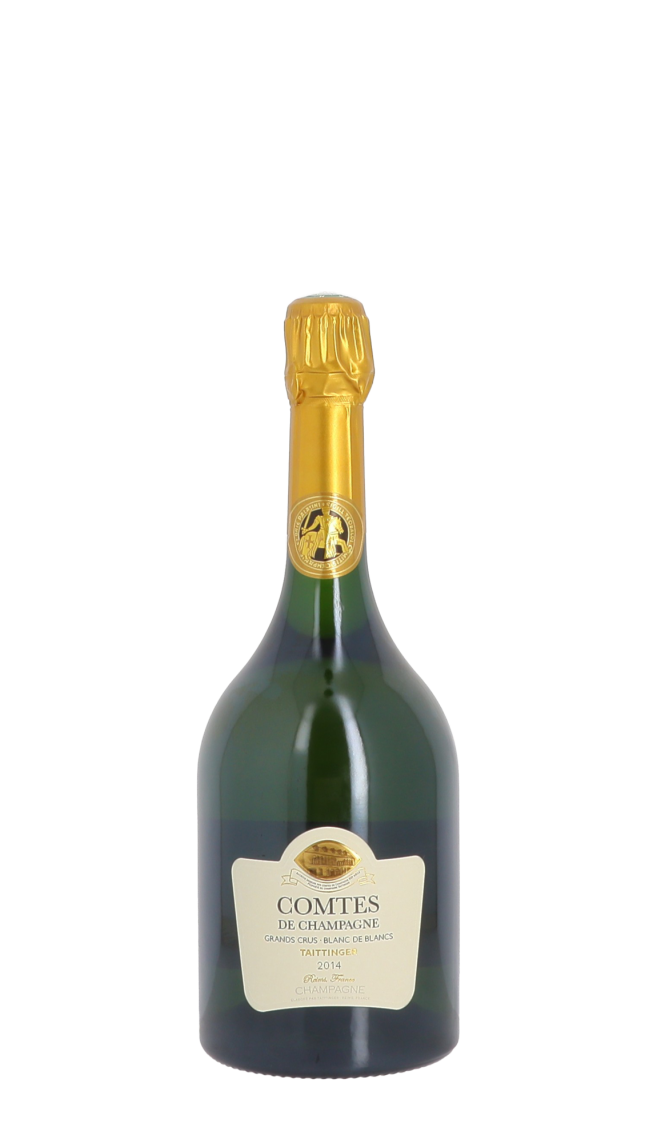The Taittinger Champagne House embodies the perfect blend of family heritage and a quest for modernity. Founded in 1734 under the name "Forest-Fourneaux," it was acquired in 1932 by Pierre Taittinger, marking the beginning of a new era. Its history is closely linked to the legend of Thibaud IV, King of Navarre, who is said to have introduced the Chardonnay grape variety to the region in the 13th century—the very grape that is now the signature of the House.
Taittinger's return to family ownership in 2006, just one year after its sale to an investment group, was a foundational act for its current identity. Led by Pierre-Emmanuel Taittinger, this repurchase was a battle to "have our name on a bottle," strengthening the brand's authenticity. Today, the House is led by his children, Vitalie Taittinger, president since 2020, and her brother Clovis, who is in charge of international development.
This excellence is built upon a 288-hectare vineyard, one of the largest in Champagne, where the chalky soil imparts finesse and minerality to the wines. The House favors Chardonnay, which is at the heart of its blends—a distinctive choice that brings lightness and elegance to all its cuvées. Its commitment to environmentally friendly practices is attested by its High Environmental Value (HVE) and Sustainable Viticulture in Champagne (VDC) certifications.
The champagne-making process follows the traditional méthode champenoise, with extended aging in the chalk cellars of the former Saint-Nicaise Abbey. The Brut Réserve, a prestigious flagship cuvée, is a blend of 40% Chardonnay, 35% Pinot Noir, and 25% Pinot Meunier. Aged three to four years in the cellar, it offers an expressive nose of fruit and brioche, with a fresh, fruity palate.
The Comtes de Champagne Blanc de Blancs is the iconic cuvée of the Taittinger House. Produced only in exceptional years from Chardonnays sourced from Grands Crus in the Côte des Blancs, it ages for more than ten years. The 2013 vintage, for example, stands out for its purity, its crystalline texture, and its notes of ripe citrus, ginger, and licorice.
Taittinger is distinguished by its stylistic signature based on Chardonnay, and its strength lies in family continuity. By combining tradition, innovation, and a commitment to human and cultural values, it has preserved its authenticity and its status as an icon in the world of champagne.

![]()
![]()
![]()
![]()

